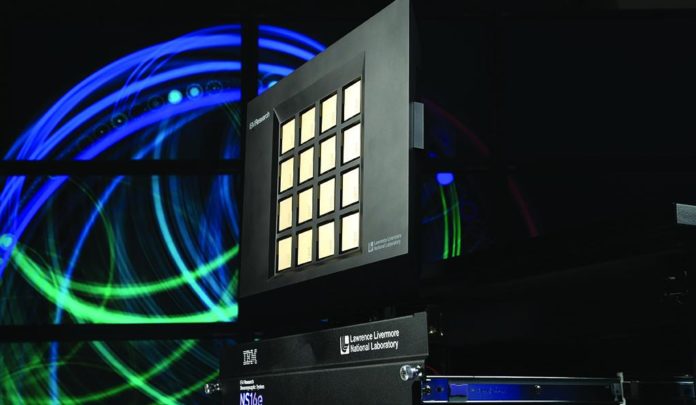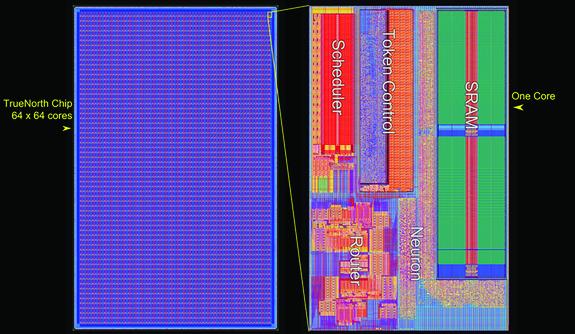Most of the digital devices work on synchronous circuits. Built-in clocks permit a similar measure of time for the fruition of each computational capacity. In view of a parallel arrangement of zeros, it’s dependable, yet it additionally implies that the framework can run just as quick as the slowest work in the chain.
Rajit Manohar, the John C. Malone Professor of Electrical Engineering and Computer Science said, “In a clocked implementation, everything has to fit into a time budget, so unless you make everything faster, your chip doesn’t run faster — and ‘everything’ includes things you don’t always need.”
It’s long been common for people to speak of computers in terms of “thinking” and to ascribe them brain-related traits. But the truth is traditional PCs truly don’t work like brains by any means. In any case, software engineering is getting nearer.
One example of it is TrueNorth. TrueNorth is a 4-square-centimeter chip that possesses some 5.4 billion transistors, and 1 million “neurons” that communicate via 256 million “synapses.” It is an example of the neuromorphic chip a new breed of computer circuitry modeled after the brain.
The neurons of TrueNorth operates parallel with each other. Each neuron requires completing a task. They do this by communicating via bursts of electric current, known as spikes. The fascinating feature of it is its power efficiency. It can draw 70 milliwatts of power and consumes only minuscule compared to conventional computers performing similar tasks.
Scientists noted, “Neuroscience has given us a much better understanding of what’s happening in the brain, and that information inspired the architecture of the TrueNorth chip.”
Dharmendra Modha, lead researcher of the Cognitive Computing group at IBM Almaden Research Center said, “The brain is an asynchronous system that we don’t really understand very well, and it can do certain things that we don’t know how to get computers to do today — and that’s interesting.”
“Also, there’s evidence that the brain has a massively powerful asynchronous computational substrate” that can learn how to do a lot of different applications.”
“And it can execute those applications at an efficiency that we don’t know how to do on a computer. That’s also interesting.”
Rajit Manohar, The man behind this project said, “the field will break out, and the technology will advance even more rapidly.”
“One of the things we want to do is to have a complete set of tools that we could put in open source and let other researchers use. Often I hear from people in the industry say ‘Hey I’d like to try this, but I don’t know how to start because I don’t have the tools.”
“One of the radical departures from conventional systems is that the storage of data on TrueNorth and the calculation of it isn’t separated. Its neural network can work multiple tasks without the timekeeping mechanism, breaking free of the linear operation that bogs down conventional operations.”

